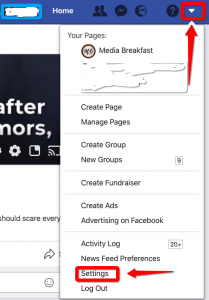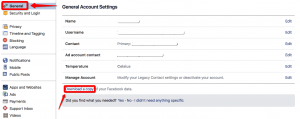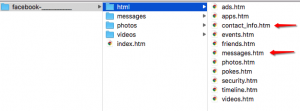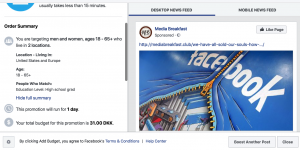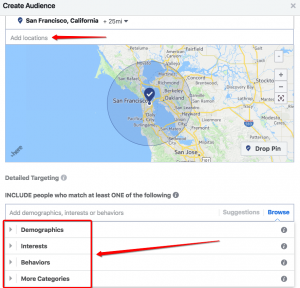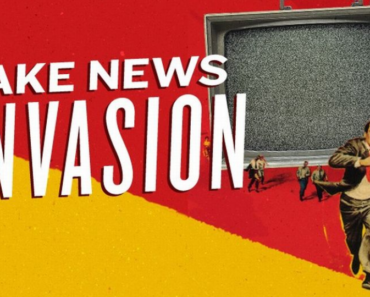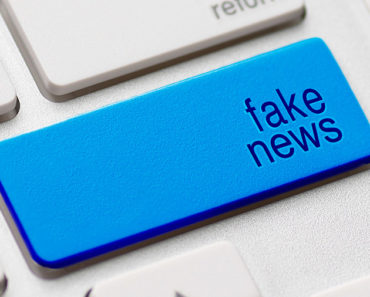So in light of this new information, I decided to download a copy of my own Facebook data. What I found was shocking. Every single messaging conversation I ever had with anyone was stored in there. Not only that, but a complete list of Facebook contacts with their private information was found as well (phone numbers, email addresses). Every event I ever posted, every picture I ever liked, and every video or photo I ever uploaded, was all conveniently contained in a 500 Mb archived file.
It then occurred to me that not many people know how serious this is. I also realized that not everyone knows what kind of data Facebook has been selling to third parties, nor do many people know how easy it is to find out.
So I have taken the liberty of showing you all how to do it. The steps are pretty simple. I am not going to pull any punches my friends: We have all sold our souls to Facebook.
Step 1. Go to the top right corner of your home page on Facebook. Click on the upside down triangle, and then click the settings button, as shown below:
Step 2. Under the General settings tab, click Download a copy of your Facebook data, as shown here:
Step 3. Download your archive. Facebook will send a notification to the email account used to register with Facebook. Once you have downloaded, you can start viewing. I suggest you start by clicking the html folder and clicking on contact_info.htm and messages.htm. This should get your blood boiling:
Just as an example of how this data can be used, I have created an ad to boost this Media Breakfast article on Facebook. In the photos below, you can see that Facebook allows advertisers to choose between many subcategories. Among these options, an advertiser can choose target locations, all while filtering for gender and age.
But It doesn’t stop there. Facebook also allows advertisers to filter for Demographics, Interests, Behaviors, and More. These categories are then subdivided to the point where one can target users according to their education level, shopping behavior, and political or religious beliefs. By paying Facebook a small daily fee, the advertiser can create highly customized target profiles.
Facebook bases their advertisement fee on the size of the audience and the length of time the ad will run. THIS is one of the many ways Facebook makes their money. See photo examples below:
As shown in my previous article, The Difference Between “Fake News” and Media Bias, I explained how anyone can buy a WordPress site and purchase a viral news theme template. Once you get enough stories, you can apply for advertisement through Google AdSense. If just one of your stories takes off, you can easily make a quick buck.
Some clever kids figured out how to do this long before I did. And a few of them make thousands of dollars a month doing so. We need not entertain conspiracy theories as to why people do this. It doesn’t necessarily always have to be the Russians, or the NSA influencing US politics. Facebook provides a platform for just about anyone to make money, provided their stories are juicy enough to go viral. Sadly, it’s the least factual stories that end up on trending lists.
As a final thought, we the people collectively determine the direction of social media. If we stop clicking on fake news, maybe people will start publishing better content. But with confirmation bias and Dunning–Kruger in full effect, it seems we are a long way away from that.

